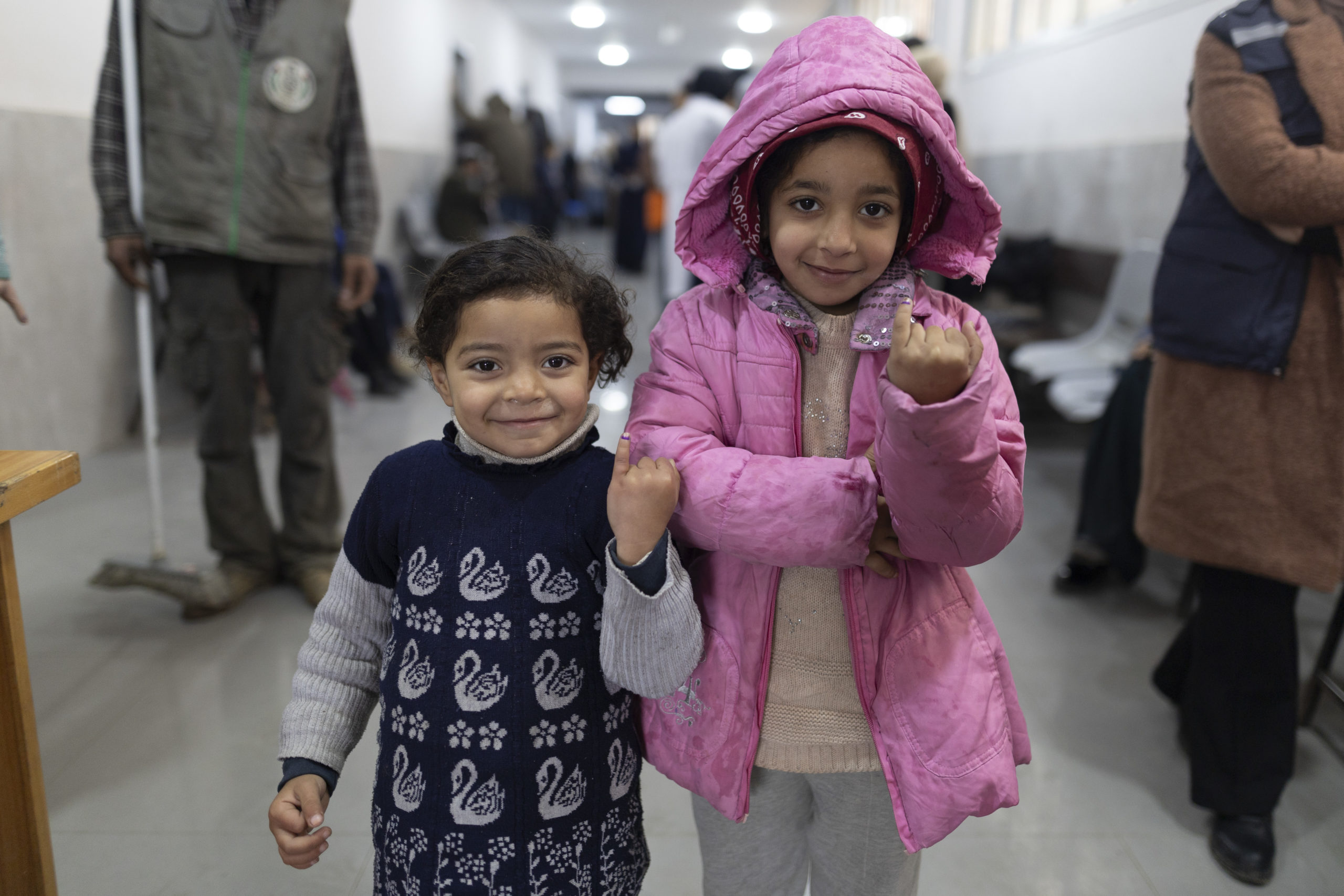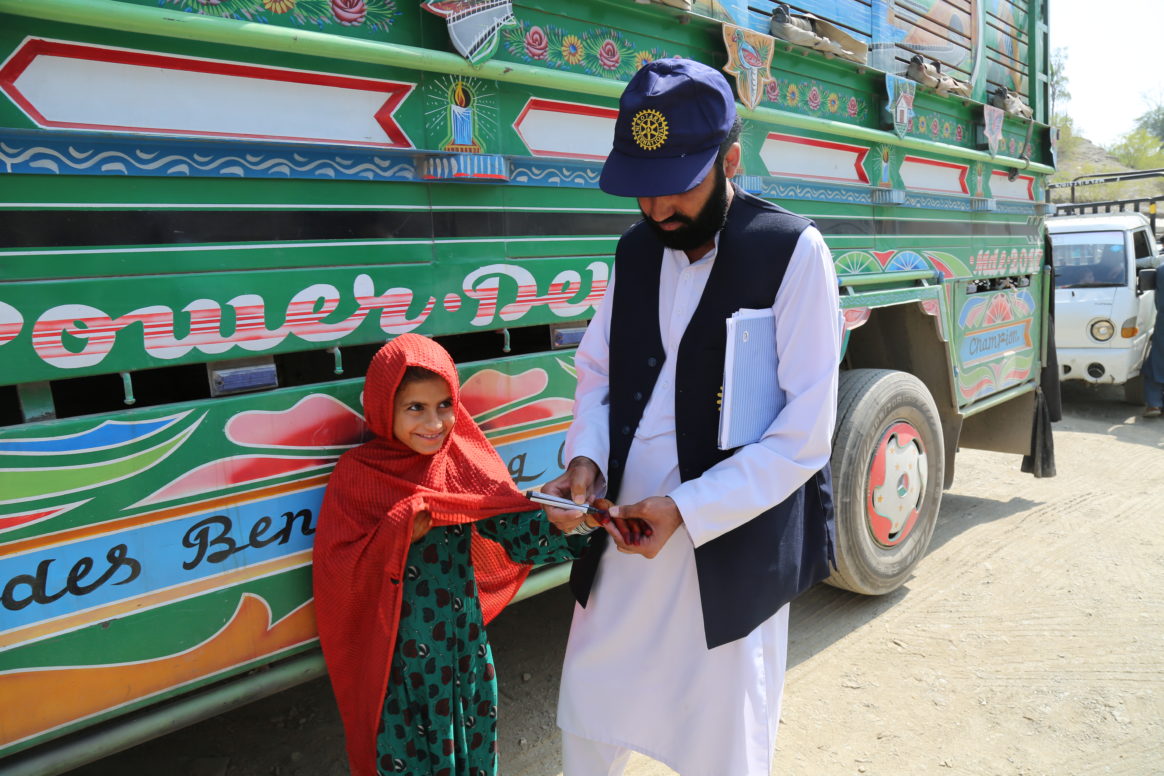Since the GPEI’s launch in 1988, over US$ 20 billion has been invested through WHO and UNICEF in support of polio eradication activities carried out in over 70 countries. These contributions have helped reduce the incidence of polio by 99% and have laid the foundation for an infrastructure to be used beyond polio eradication.
Financial contributions provided through WHO and UNICEF are supplemented by in-kind contributions within countries such as the time spent by volunteers, health workers and others in the planning and implementation of supplementary immunization activities. These contributions are estimated to have a dollar value approximately equal to that of international financial contributions.

